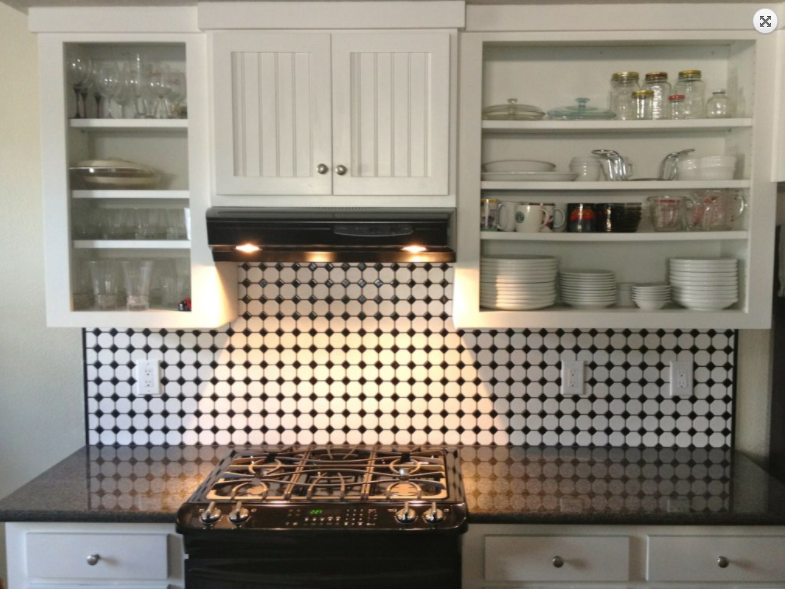
kitchen cabinet designs
December 20, 2022
Trending Countertops
December 27, 2022Designing a kitchen can be a daunting task, as it is one of the most heavily used rooms in the home and serves as the hub for meal preparation and entertaining. However, with careful planning and attention to detail, it is possible to create a functional and aesthetically pleasing kitchen that meets all of your needs.
Here are some tips for designing the best kitchen for your home:
- Determine your needs and preferences: Before you begin the design process, it is important to determine your needs and preferences. Think about how you use your kitchen, what appliances and features are important to you, and what style you want to achieve. This will help you make informed decisions about layout, materials, and finishes.
- Consider the layout: The layout of your kitchen is crucial to its functionality. A popular layout is the “work triangle,” which involves placing the refrigerator, sink, and stove in a triangle formation to minimize the distance between these key work areas. However, this may not be the most efficient layout for your space, so be sure to consider your needs and the size and shape of your kitchen when deciding on a layout.
- Choose the right appliances: The appliances you choose can greatly impact the functionality and efficiency of your kitchen. Consider investing in high-quality, energy-efficient appliances that will save you money in the long run. Think about what appliances you use most frequently and make sure to include them in your design.
- Select the right materials: The materials you choose for your kitchen can greatly impact its overall look and feel. Natural materials, such as wood and stone, are popular choices for their warmth and durability. However, these materials can be expensive, so it is important to choose wisely and consider your budget.
- Pay attention to lighting: Proper lighting is essential in any kitchen. In addition to overhead lighting, consider incorporating task lighting, such as under-cabinet lights, to help you see when you are preparing food or working at the counter.
- Don’t forget about storage: Adequate storage is essential in any kitchen. Be sure to include plenty of cabinets, drawers, and pantry space to keep everything organized and easily accessible.
- Add a backsplash: A backsplash can add a touch of personality and protect your walls from splashes and spills. Choose a backsplash material that is easy to clean and complements the overall design of your kitchen.
- Incorporate an island: An island can serve as an additional workspace and storage area, as well as provide a place for people to gather. Consider incorporating an island into your kitchen design, but be sure to leave enough space for circulation and movement.
- Don’t forget about the details: The small details can make a big difference in the overall look and feel of your kitchen. Think about adding decorative elements, such as cabinet hardware, to add a touch of personality and bring everything together.
By following these tips, you can design a kitchen that is both functional and aesthetically pleasing, and one that meets all of your needs. Remember to take your time and carefully consider all of your options, and don’t be afraid to seek the help of a professional kitchen designer if needed.




